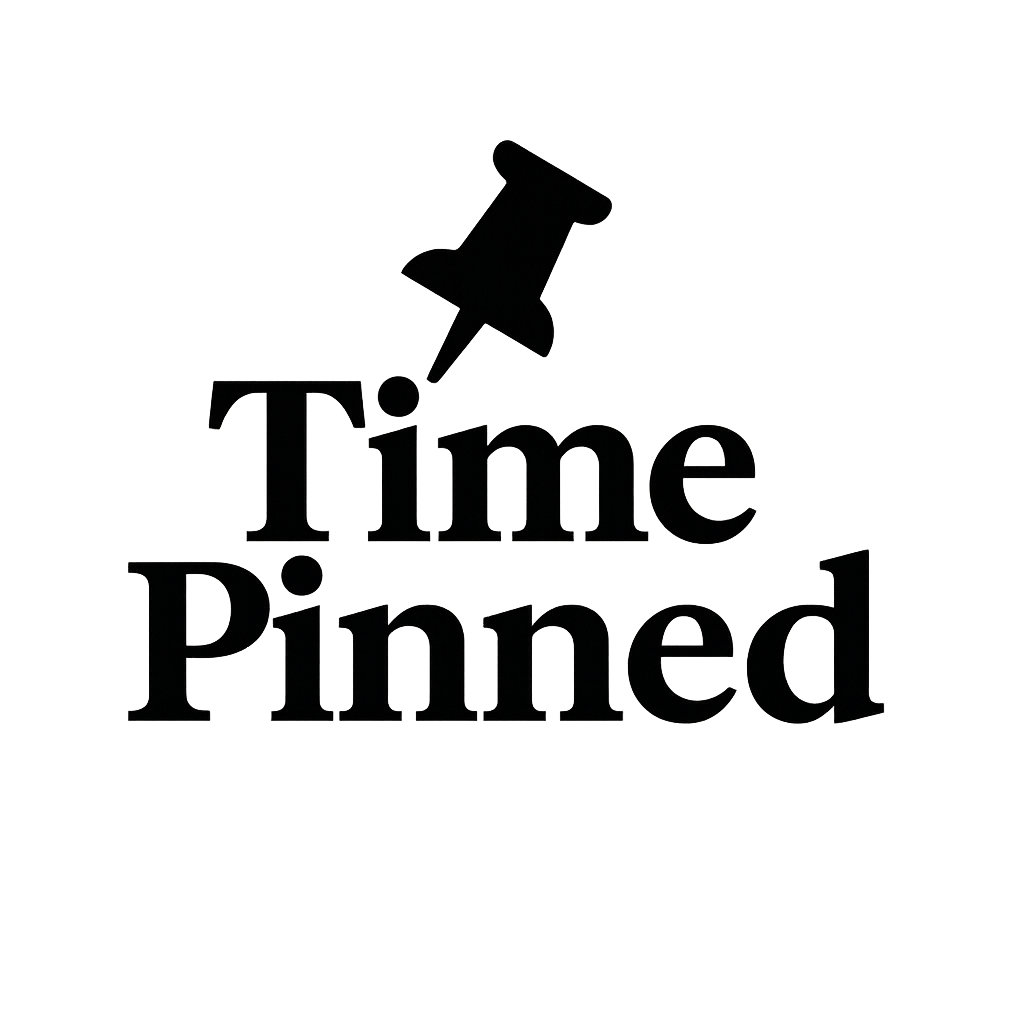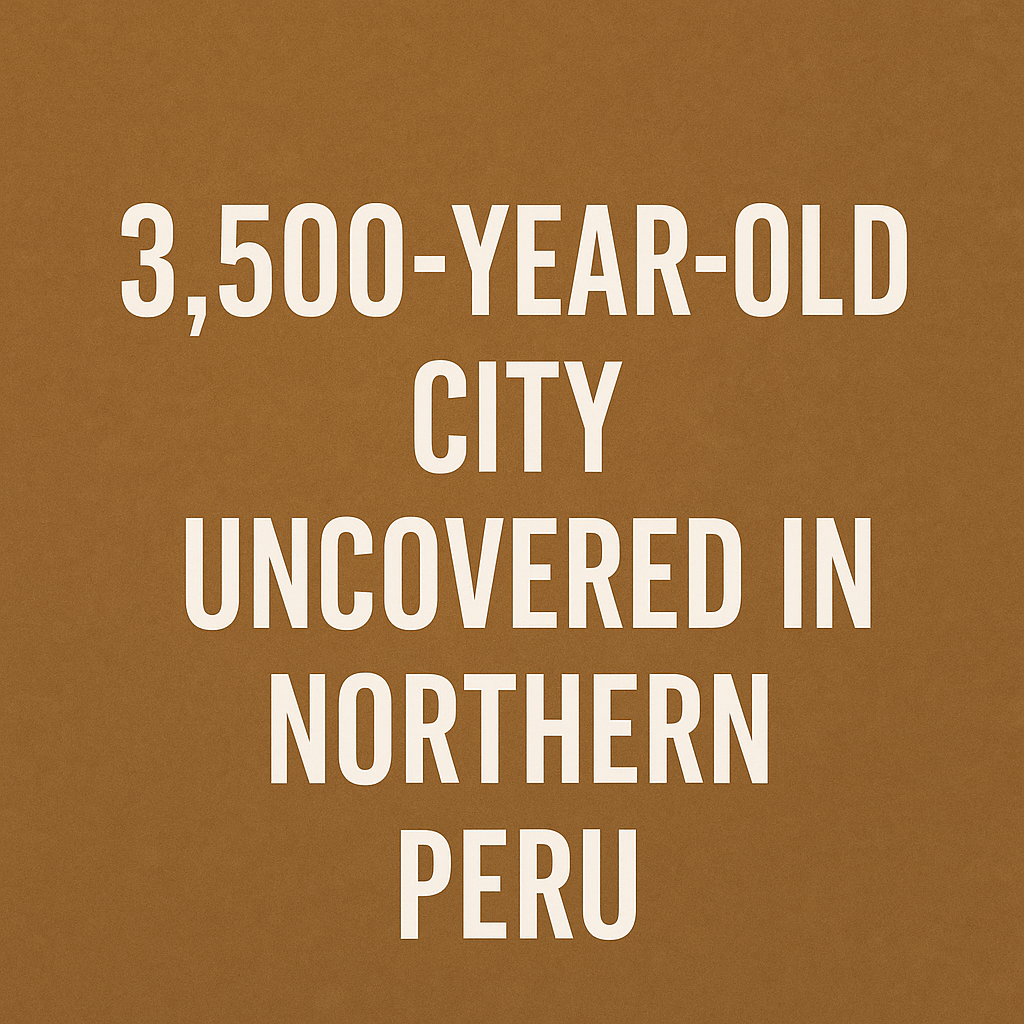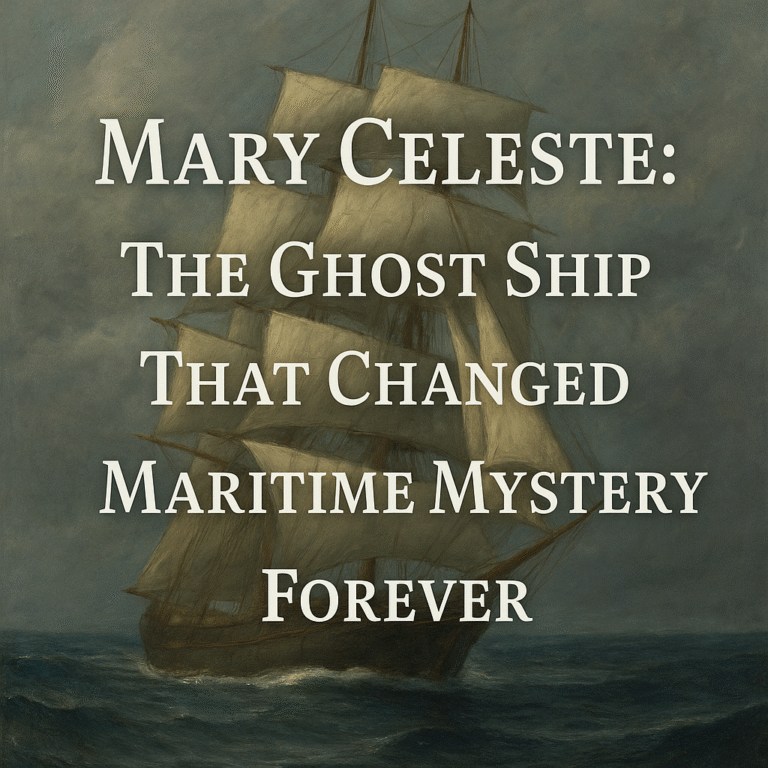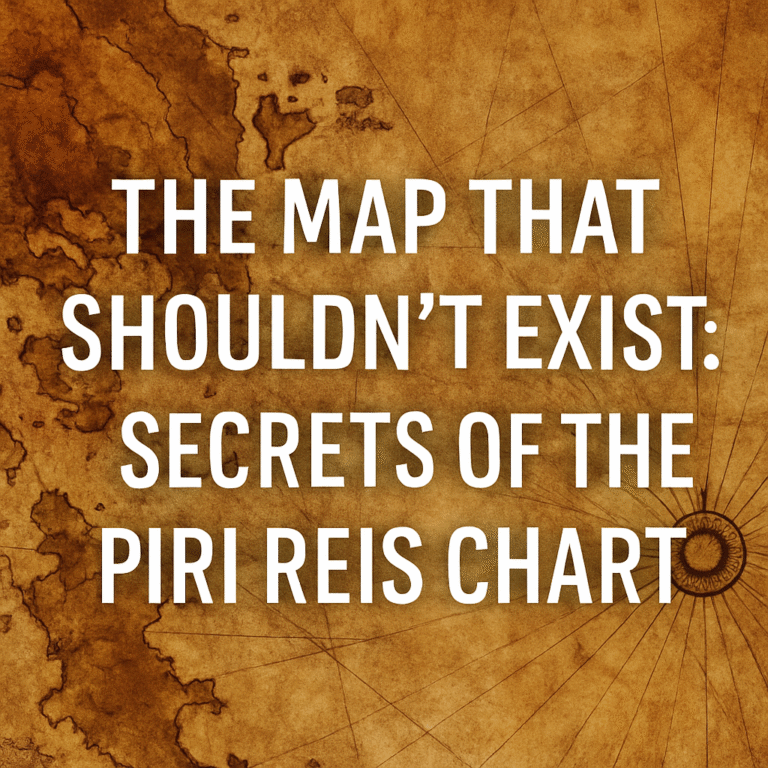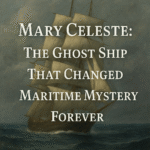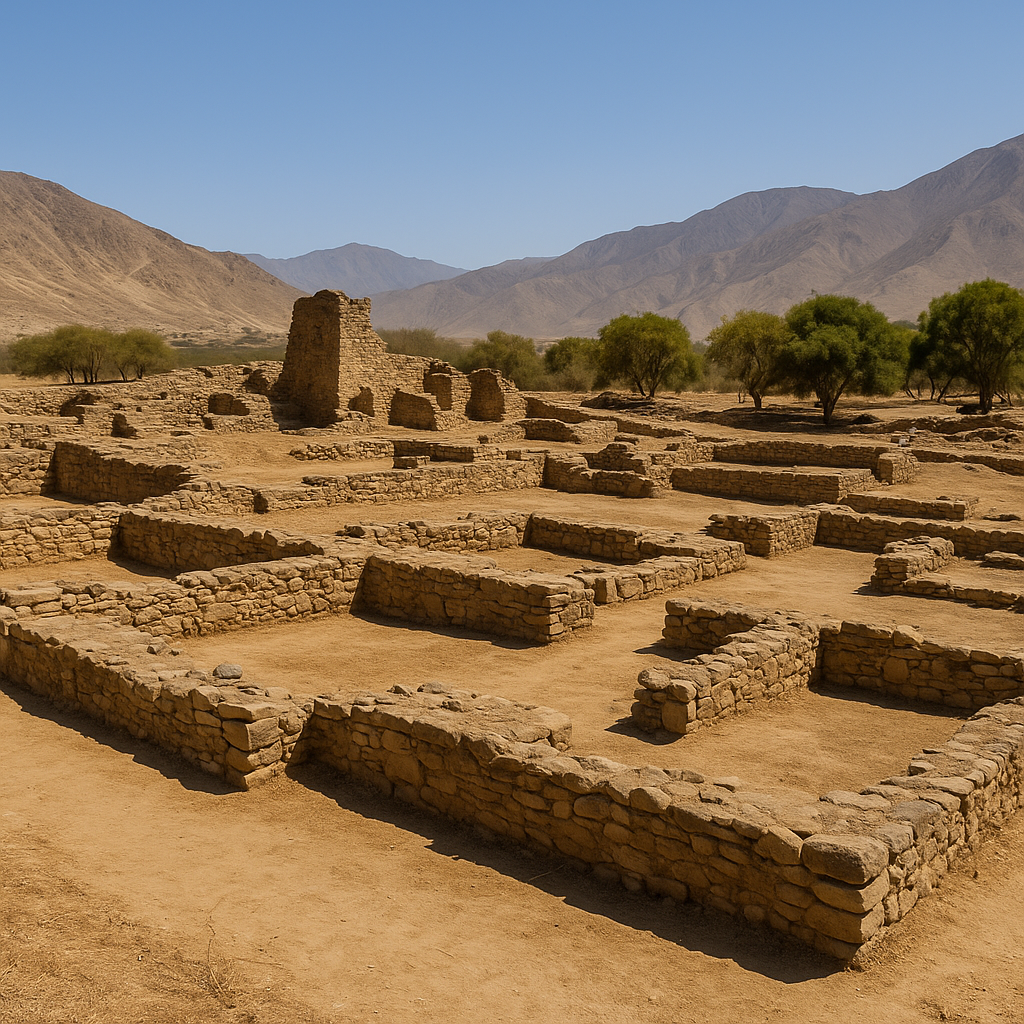
In an extraordinary archaeological breakthrough, researchers in northern Peru have uncovered the remains of a sprawling 3,500-year-old city. This discovery not only sheds light on the region’s complex ancient civilizations but also raises new questions about the development of early societies in South America. From ceremonial plazas to intricate irrigation systems, the unearthed site paints a vivid picture of a highly advanced and organized culture—one that predates many better-known civilizations.
The Discovery That Shook the Andes
The ruins were uncovered in the Lambayeque region of northern Peru, an area already rich in archaeological history. Led by a team of Peruvian archaeologists from the Ministry of Culture, the excavation revealed a settlement believed to have been a major ceremonial and administrative center. The city’s construction is estimated to have started around 1500 BCE, making it contemporaneous with some of the earliest known civilizations in the Americas, such as Caral and the Olmecs.
Initial findings include:
- Monumental stone platforms and walls
- Complex irrigation and water management systems
- Residential areas with well-defined layouts
- Ceremonial plazas and ritual spaces
These features suggest not only urban sophistication but also significant social and political organization.
A New Chapter in Peruvian Prehistory
Until recently, much of the attention in Peruvian archaeology has focused on the Inca Empire and its predecessors such as the Moche and Chimu. However, this latest discovery indicates that complex societies were flourishing in the region far earlier than previously believed.
Dr. Roxana Cárdenas, lead archaeologist on the project, explains: “This city changes everything we thought we knew about early civilization in northern Peru. The scale and planning of the settlement suggest it was a hub of culture, commerce, and governance.”
The site covers more than 50 hectares and is believed to have supported thousands of inhabitants at its peak.
Architectural Wonders of the Ancient Andes
What sets this site apart is the remarkable state of preservation of its architecture. Walls constructed from adobe bricks remain intact, and even some wooden beams have survived, protected by the region’s arid climate. Among the most fascinating structures is a stepped platform, likely used for both administrative and ceremonial purposes.
There are also:
- Storage facilities that hint at agricultural surplus
- Water channels that demonstrate sophisticated hydraulic engineering
- Rock carvings and ceramic shards with symbolic designs
These elements speak volumes about the technological prowess and artistic expression of the civilization.
Cultural and Religious Insights
Excavations have also revealed a number of ritual objects, including ceremonial vessels, altars, and offerings of food and precious materials. These findings suggest that religion and ceremony played a central role in daily life.
Archaeologists believe that the city might have served as a pilgrimage site or spiritual capital. The alignment of certain structures with astronomical phenomena, such as solstices and equinoxes, further supports the theory of a deeply spiritual society with advanced knowledge of celestial movements.
Who Were the Builders?
While the exact identity of the civilization remains unknown, similarities with other early Peruvian cultures suggest that it could have been a predecessor or regional variant of the Cupisnique or early Chavín cultures.
The city may also have served as a transitional hub where cultural influences merged, leading to the rise of later civilizations. Further DNA and material analysis could provide more definitive links to known ancient populations.
Why This Matters Today
The discovery has significant implications for our understanding of early urban development in the Americas. It also emphasizes the need for preserving Peru’s rich archaeological heritage, which continues to yield groundbreaking discoveries despite threats from urbanization, looting, and climate change.
As Dr. Cárdenas notes: “These ruins connect us to our ancestors in ways that written history never can. They remind us that long before the Incas, people here were innovating, organizing, and building cities that reflected their values and beliefs.”
What Happens Next?
The Ministry of Culture has pledged increased funding and protection for the site. Plans are also underway to develop it into an open-air museum and cultural heritage center that could drive both tourism and local education.
International collaboration is expected to ramp up as researchers from around the globe express interest in studying the site. Ongoing excavations are likely to uncover even more astonishing details about this early civilization.
A Legacy Reawakened
The ancient city in northern Peru is more than just a historical curiosity; it’s a testament to human ingenuity and resilience. It reminds us that much of our past remains buried, waiting to be rediscovered. And with each find, we rewrite the story of human civilization.
In an age where so much focus is placed on the future, this discovery offers a compelling reason to look back—to learn, to marvel, and to remember that we are part of a long, enduring journey.
For more posts like this visit TimePinned
